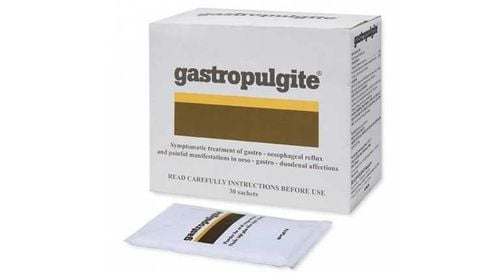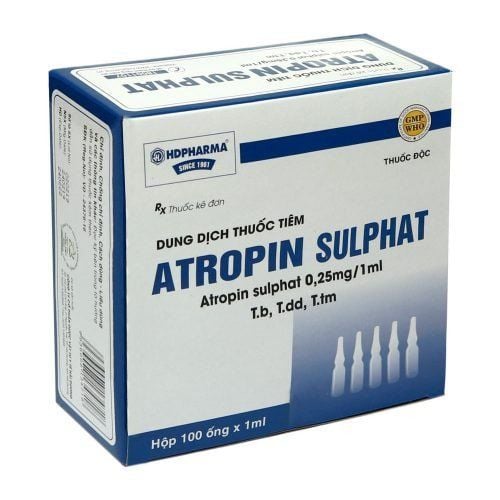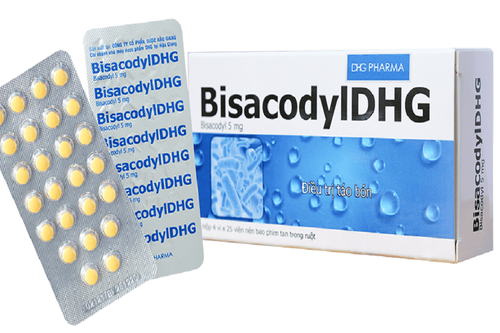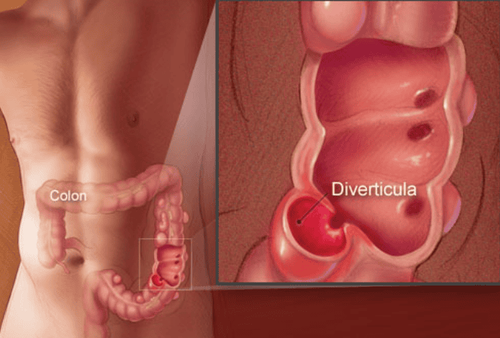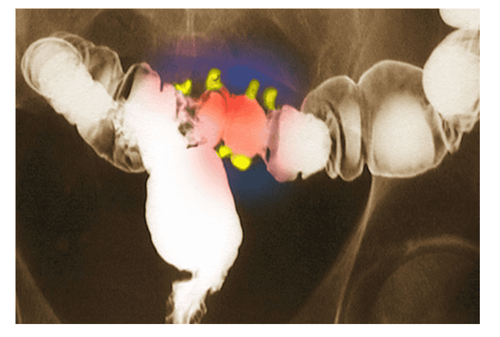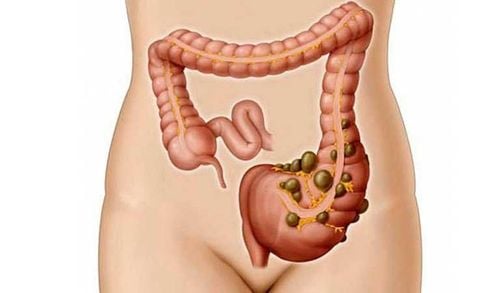This is an automatically translated article.
Meckel's diverticulum is a rare disease but difficult to diagnose clinically, it can cause a number of complications such as gastrointestinal bleeding, perforation into the peritoneum or nearby organs.
1. What is diverticulitis?
What is diverticulitis? Diverticulitis, also known as Meckel's diverticulitis, is a congenital condition that occurs when a small pouch bulges outside the wall of the small intestine. The diverticulum is made up of tissue that resembles that of the stomach or pancreas. It can cause intussusception or form a peptic ulcer.
The disease occurs in 2% of the population and is more common in men. The cause of Meckel's diverticulum is that during pregnancy, the yolk sac connecting the fetus to the yolk sac is not completely absorbed, so it develops into a Meckel's diverticulum.
Symptoms and signs of Meckel's diverticulum are the same as those of acute appendicitis or acute intestinal obstruction. Some symptoms of Meckel's diverticulum are:
Gastrointestinal bleeding Abdominal cramps and pain around the navel Intestinal obstruction due to food stasis causing bloating, diarrhea or constipation, vomiting Diverticulitis
2. Complications of Meckel's diverticulitis

Nước tiểu đục có thể là triệu chứng của viêm túi thừa Meckel thủng vào bàng quang
2.1. Gastrointestinal bleeding Complications
A dangerous complication of Meckel's diverticulitis is gastrointestinal bleeding, with signs of pale abdominal viscera due to anemia, white small intestine, colon and part of the lower ileum filled with Black blood, the bleeding site is a Meckel's diverticulum nearly 1 meter from the ileocecal angle, so it is called cecal diverticulitis.
2.2. Inflammation of Meckel's diverticulum into the bladder
When Meckel's diverticulum is chronically inflamed, the tip of the diverticulum adheres firmly to the base of the bladder and communicates with the lumen of these two organs. When Meckel's diverticulitis perforated into the bladder, the patient will have symptoms such as:
Painful urination, cloudy urine Urine particles like feces, but the stool is normal, no blood Abdominal pain, fever . In normal children, Meckel's diverticulum may be associated with a number of congenital diseases such as:
Bowel volvulus: The cause is that the tip of the diverticulum is attached to the abdominal wall of the umbilicus by a fibrous cord, causing the bowel mass to twist along the axis. of wire. Congenital umbilical cord fistula: The cause is that the diverticulum will open and stick to the umbilicus, causing congenital umbilical cord fistula, daily digestive juice leakage in the umbilicus. In this case, it is necessary to perform a fistula resection to release the intestines or an intestinal anastomosis. Intestinal cyst below the umbilicus: In some cases, the fistula between the umbilicus and the small intestine is blocked at both ends, so it is called a subumbilical intestinal cyst. Intestinal cysts below the umbilicus should be resected and freed, and Meckel's diverticulum, if present, should be resected.
3. Diagnosis and treatment of Meckel's diverticulum
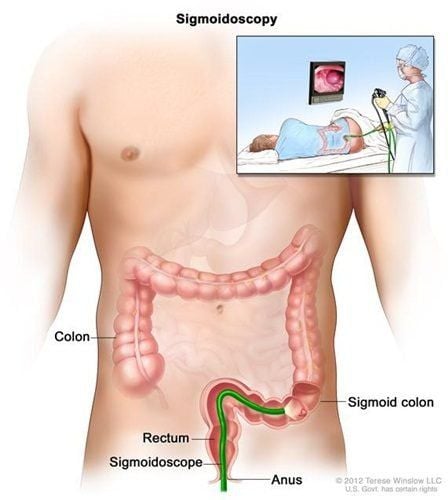
Nội soi đại tràng
3.1. Diagnosing Meckel's diverticulum
Meckel's diverticulitis is often difficult to diagnose. Some symptoms may appear such as vomiting, abdominal pain, but it can be a symptom of many diseases, so it is difficult to diagnose specifically. Instead, the doctor will conduct some tests such as the following:
Technetium film: This method is used to detect Meckel's diverticulum. The patient will be injected with radioactive technetium, then scanned with a special machine to detect. Colonoscopy: This method uses a flexible tube with a camera on the end to be inserted into the rectum and colon. Wireless endoscope: The patient swallows a small camera to detect the cause of the bleeding. 3.2. Treatment of Meckel's diverticulum
The only method used to treat Meckel's diverticulum is surgical removal if bleeding occurs. And if the disease does not show any symptoms, most people do not need intervention but live with the disease. However, to control the progression of the disease, you should:
Follow up with your doctor on time to monitor your symptoms and health status. Follow your doctor's instructions, do not arbitrarily take drugs or quit drugs prescribed for you.
Please dial HOTLINE for more information or register for an appointment HERE. Download MyVinmec app to make appointments faster and to manage your bookings easily.




